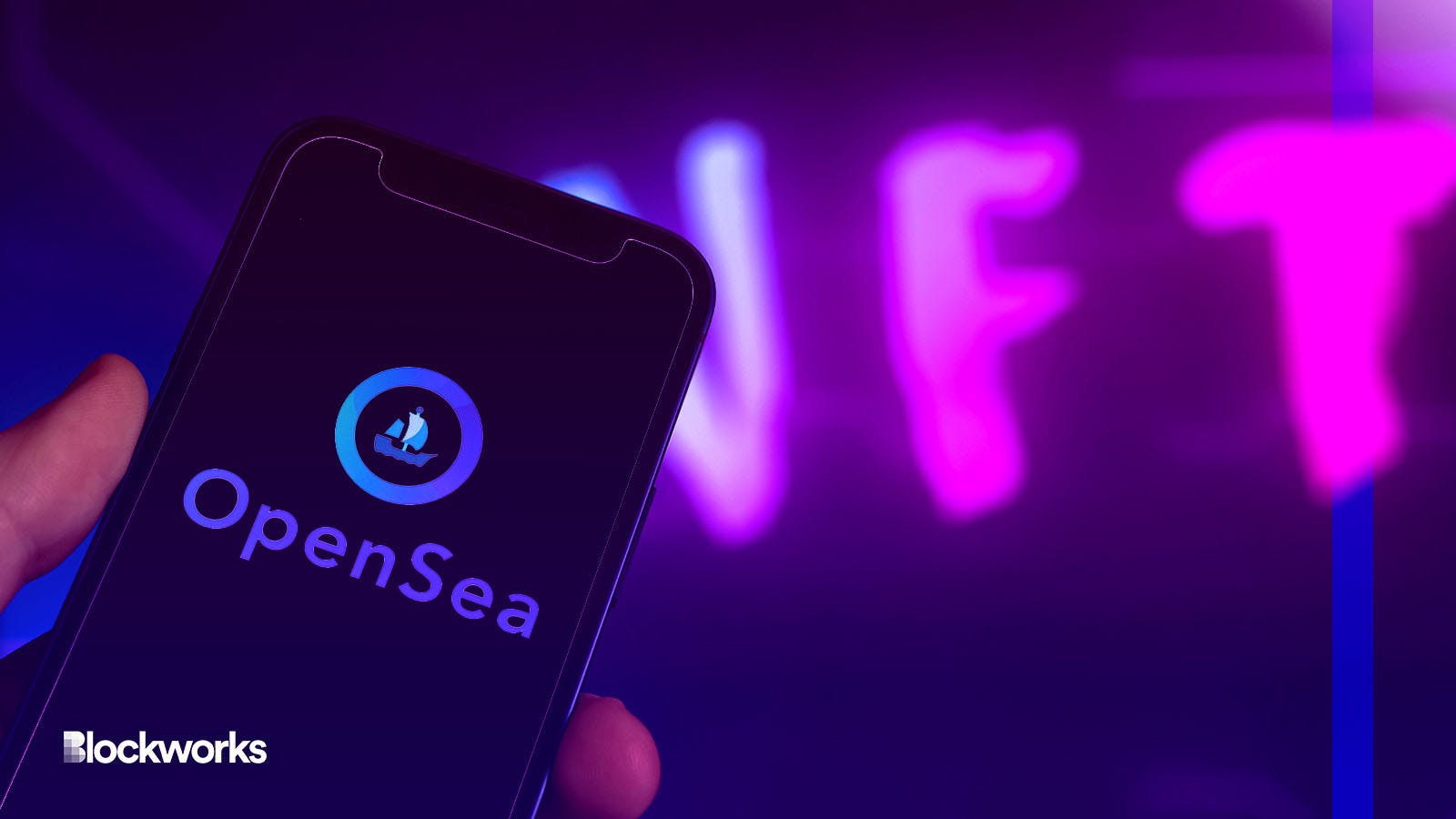OpenSea Launches Platform Geared Toward ‘Pro’ NFT Collectors
The marketplace said it wants to cater to its “power users,” those professionals who have extensive knowledge of the NFT landscape

Source: Shutterstock / FellowNeko, modified by Blockworks
OpenSea, one of the world’s largest NFT marketplaces, has launched a new platform catering to the needs of advanced collectors as it seeks to stay competitive amid new market entrants.
OpenSea Pro aims to provide a “new level of optionality, selection and control for pro collectors,” according to a company announcement on Tuesday.
It follows the platform’s acquisition of NFT marketplace aggregator Gem back in April of last year.
“Over the past several months, the Gem team has been working tirelessly to build and refine the platform to its new form: Gem v2,” the team at OpenSea wrote. “Today, we’re officially joining forces to unveil OpenSea Pro.”
One of the key features of the new platform is the live cross-marketplace data function that allows collectors to track user and collection activity across various NFT trading venues.
To mark the release of OpenSea Pro, Gem is thanking its early supporters with the ‘Gemesis’ NFT drop. Eligible users who purchased an NFT on the platform before March 31, 2023, can claim a free Gemesis NFT, a twist on similar token incentives employed by its biggest rival Blur earlier this year.
OS Pro also boasts an improvement to user controls, NFT traits, collection offers, listings, enhancements to gas fees and mobile functionality, per the announcement.
OpenSea’s catering to professional NFT collectors follows Blur’s quick ascension up the leaderboards, unseating the former in terms of daily trade volume through incentives designed to draw in new users.
While much of that volume has allegedly come from fake transactions, the attention its incentives have brought means it remains a real contender in the NFT arena.
OS Pro is also meant to compete with Blur’s and others’ design as an NFT aggregator. OpenSea, for a long time, had remained a single venue for buying and selling NFTs without much else.
Still, only a few centralized marketplaces will emerge as winners since the majority of users — mostly traders or bots — do not require numerous platforms, Andrii Yasinetsky, CEO of NFT data firm Mnemonic, told Blockworks.
“OS Pro offers a more equitable system by leveraging the existing scale of OpenSea, resulting in a simplified and more efficient trading-focused user experience, whereas Blur appears to be solely based on speculation,” he said.
“I am less excited about speculation and more excited about figuring out how to bring retail consumers into Web3,” Yasinetsky added. “None of these platforms helps with that in my view.”
OpenSea has been in a dominant position in terms of market share and has triple the number of traders as Blur over the past 30 days, per DappRadar.
The company has been able to leverage its size into tech investment, according to Unioverse CTO Wyeth Ridgway.
“If you look at OpenSea versus every other marketplace out there, it is the equivalent of looking at Amazon and every mom-and-pop shop out there,” Ridgway told Blockworks.
“The degree by which they are technologically way out in front of everybody may not be really apparent from a consumer level, but the technologies that they have, the staff they have, the problems they are solving, are light years beyond what any of these other platforms are doing,” he said.
Macauley Peterson contributed reporting.
Get the news in your inbox. Explore Blockworks newsletters:
- The Breakdown: Decoding crypto and the markets. Daily.
- 0xResearch: Alpha in your inbox. Think like an analyst.






